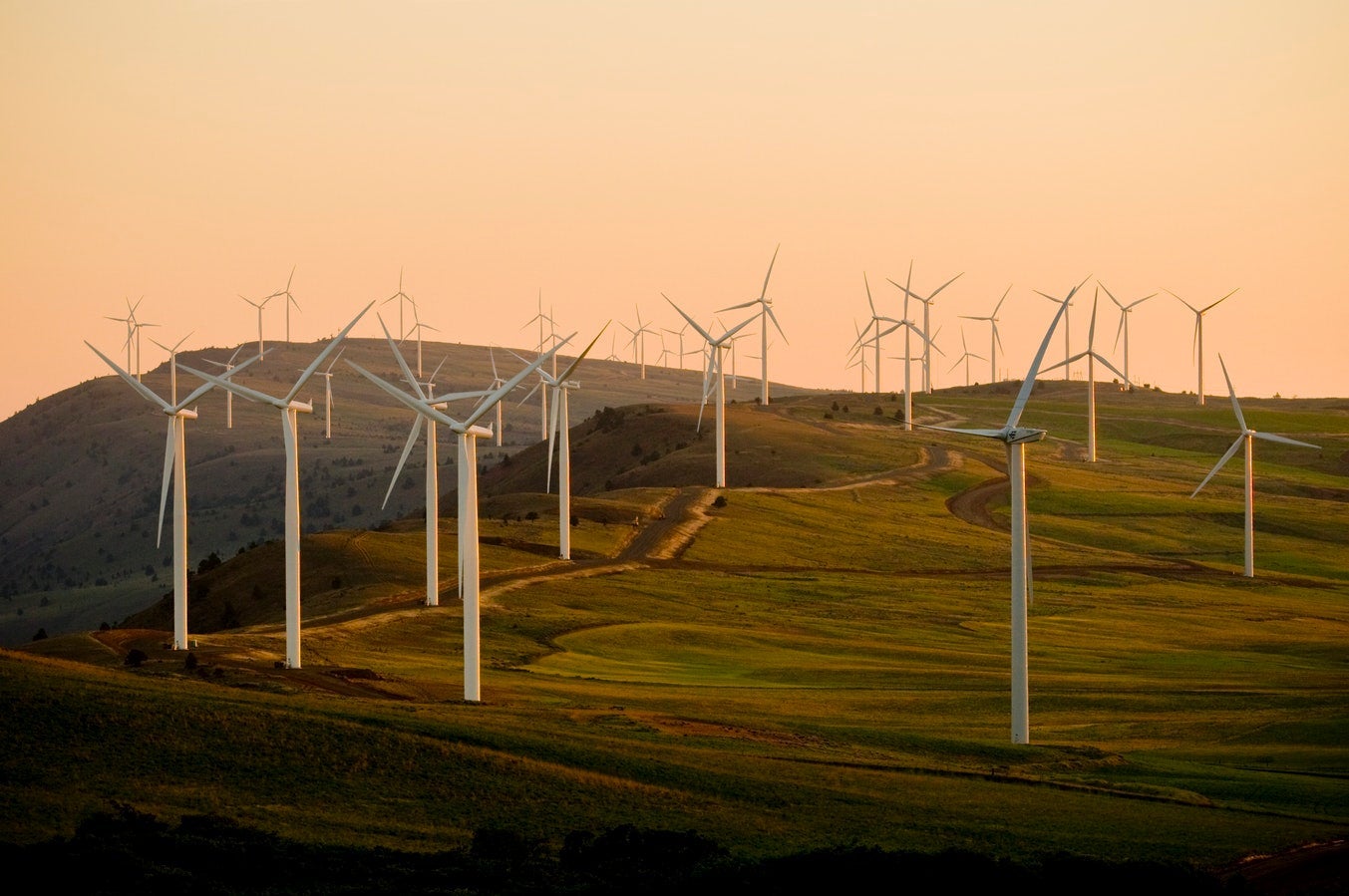Vermont is doing the best at loving Mother Earth and West Virginia is doing the worst, according to a new survey by WalletHub that ranked all 50 states based on the current health of the environment and residents’ environmental-friendliness.
“Without a doubt, the bar for being eco-friendly is higher in Vermont than any place I’ve lived,” said Drew Simmons, president of Pale Morning Media. He grew up in Boulder, Colorado, and also has lived in Seattle, Washington, and Jackson Hole, Wyoming.
WalletHub, a personal finance website owned by Evolution Finance, Inc., compared the states across three key measurements: environmental quality, eco-friendly behaviors, and climate-change contributions. Using 23 relevant metrics, the researchers graded each state on a 100-point scale, with 100 representing the highest level of eco-friendliness.
Based on the findings, the top ten greenest states are: Vermont, Oregon, Massachusetts, New York, South Dakota, Minnesota, Connecticut, New Hampshire, California, and Rhode Island.
Eco-friendly brand NEMO Equipment intentionally sought out New Hampshire as its home, said Kate Paine, VP of marketing. Being 15 minutes from the ocean and just south of the White Mountains helps them maintain a close connection to the environment.
“Naturally, the closer you are to a natural habitat and the more time you spend in it, the more awareness you build within yourselves and the easier it is to maintain an ethos of care,” Paine said.
Paine agreed with New Hampshire’s ranking in the top ten. She says NEMO uses its location in an eco-conscious community to recruit and retain employees who share the brand’s values, as well as interact with the larger community—good business with a positive impact.
“Interestingly, in New Hampshire, famously the ‘Live Free or Die’ state, a lot of this progressive action is driven from a grassroots movement of individuals and businesses who care and therefore act,” Paine said. “There’s a lot of organizing around renewable energy, local agriculture, land conservation, and waste reduction. We’re a member of New Hampshire Businesses for Social Responsibility, which offers a great forum for connecting with businesses who share the same goals. I’ve been really impressed by the motivation and intentionality of the business community in New Hampshire.”
Meanwhile, Simmons said Vermonters are environmentally conscious not in a consumer way, but in the way they’ve always lived and taken care of the land.
“It’s about people growing their own food and being very close to the land, whether they live in Burlington or in Cabot,” he said. “It’s a small state and people are working the land and they’re aware that to do it and to do it for as long as they’ve been doing it, it requires some social cooperation and being green is that thing.”
The ten least green states are: Arkansas, Indiana, Texas, Oklahoma, Wyoming, Alabama, North Dakota, Kentucky, Louisiana, and West Virginia.
See how your state stacks up in the full report . Key findings include:
- Blue States are greener, with an average rank of 13.40, compared with Red States, which have an average rank of 33.57. (Rank 1=Greenest)
- Maine has the highest share of recycled municipal solid waste, 48 percent, which is 48 times higher than in Louisiana, the state with the lowest at 1 percent.
- Oregon has the highest share of energy consumption from renewable sources, 45.36 percent, which is 16.1 times higher than in Delaware, the state with the lowest at 2.81 percent.
- New York has the highest share of people who do not drive to work, 45.7 percent, which is 3.4 times higher than in Alabama, the state with the lowest at 13.3 percent.
WalletHub interviewed ten professors at schools across the nation for more insight into being green at the household, government, and global levels.
Hayley N. Schiebel, assistant professor in the Center for Urban Ecology and Sustainability at Suffolk University in Massachusetts (ranked 3), says there is a trade-off between protecting the environment and promoting economic growth.
Under the current economic growth scenario in the U.S., she said, environmental degradation and reliance on non-renewable technology and feedstocks are common practice. Therefore, the U.S. places on emphasis on fast, throughput technology and places a heavy burden on environmental systems to keep pace, she said.
“We are depleting all our natural reserves by relying on non-renewable technology including coal, natural gas, petroleum, and nuclear power,” she said. “While these energy sources are cheaper and our infrastructure is set up to use these fuel sources, we will run out and, in the interim, destroy our planet. Economic development, on the other hand, still focuses on an increase in outputs, but with an emphasis on both equity for the nation and the well-being of the environment. This is the direction we need to move in if we want to be a powerful nation that considers both its people and its place on the planet.”
So how can you make a difference on an individual level?
“The single most immediate thing is to change all lights to LED in the home or office,” said Soji Adelaja, distinguished professor in land policy in the department of agriculture, food and resource economics at Michigan State University. “We need bold institutional leaders for these. The most impactful thing is to have one’s voice heard and ensure active participation in future elections.”
Other ideas include eating less meat, using less plastic products, supporting emerging technology, taking public transit, voting for public officials who support science-based policies, and being willing to change habits.


